|
NASA's Dr. Ved Chirayath's Fluid Lensing work as applied to imaging through water from the air is described at length in this ScienceDirect article entitled "Fluid lensing and machine learning for centimeter-resolution airborne assessment of coral reefs in American Samoa." In 2015, Chirayath's group commissioned a pair of Pumpkin HiPPiECams (renamed "FluidCams" by NASA) capable of 90fps 2kx2k RGB and monochromatic 12-bit image capture, limited only by on-board storage. The two cameras were delivered on time and under budget. HiPPiECam incorporates an Intel i5 processor running a Pumpkin image capture program on Windows 7, a Pumpkin SupMCU control module, dual SSDs in a RAID0 configuration, and a breakout board with multiple interfaces (Ethernet, USB, eSATA, etc.) to the i5. The imager interfaced to the i5 over USB 3. Pumpkin had a series of Leica 1:2.8/28 ASPH and Elmar-M 1:3.5/135 lenses tested at Olaf Optical Testing and fully characterized for field curvature, etc., so that the complete optical path could be optimized in post-processing.
Since then, Pumpkin has continued to create new high-speed image capture architectures. The latest is nVidia Tegra-based, runs Linux, has direct GPS geotagging support, runs from AC or DC power and supports multiple cameras with GeoTIFF and other supported output formats. A recent SpaceNews article explains how LACMA's ENOCH CubeSat was tracked by CSpOC . ENOCH was somewhat unusual in that it was conceived as a purely passive CubeSat. In order to satisfy its launch license requirements, ENOCH integrated a small, battery-powered beacon, in the form of SRI International's CubeSat Identification Tag (CUBIT). A CUBIT was attached to ENOCH's structure late in the integration phase. For more info on ENOCH, see our news page or visit LACMA. For those in the know, ENOCH measured less than a cubit in length ...
Please visit us and learn about our new products designed and made in California in booth #6 at the SmallSat 2019 conference in Logan, Utah on Monday, August 5 through Thursday, August 8, 2019.
The BRRM mission for which Pumpkin provided the structure, OBC (MBM 1 + PPM E1), fixed and deployable solar panels, solar panel release mechanism (PRM, driven by the SIM module), and overall system integration, has an excellent mission overview page. Of particular note are some of these highlights:
NASA's ALBus CubeSat was launched from New Zealand on 16 December 2018. ALBus is a 3U CubeSat serving as a testbed for a high power electrical system, and the use of shape memory alloys (SMAs) in its solar panel hinges and release mechanism. Pumpkin designed and built the ALBus solar panels to NASA GRC's specifications within a very short time period. Additionally, ALBus utilizes a Pumpkin CubeSat Kit 3U structure. While the fixed 7S1P panels were relatively standard in their layout, the deployable 7S1P panels had special design features to accommodate ALBus' SMA hinges and the SMA-based release mechanism. Pumpkin worked with NASA GRC early career engineers to resolve all of these special requirements in an elegant fashion.
NASA has provided detailed technical information on ALBus and its development. On 5 May 2019 a Rocket Lab Electron rocket launched three small satellites from New Zealand’s North Island. Included in the manifest is AFRL's SPARC-1, a 6U CubeSat built on Pumpkin's SUPERNOVA bus, with two payloads. This is the second SUPERNOVA launch, after 2015's SUPERNOVA-Beta launch that ended with the failure of the Super Strypi launch vehicle on Nov 3, 2015. While SUPERNOVA-Beta remains in a sub-aqueous orbit, SPARC-1 is now in a LEO Orbit and undergoing commissioning.
JPL has now demonstrated a laser communications pointing experiment between two JPL small satellites: ISARA (the receiver) and OCSD (the transmitter). ISARA is a 3U CubeSat that is powered by a novel, deployable Pumpkin solar array that stows around three sides of the 3U structure. The array's three monolithic panels are hinged together, and deploy to present 24 solar cells on top, and a Ka-band reflectarray (that is essentially an RF Fresnel lens), on the bottom. The flatness of these three panels is critical for the performance ISARA's Ka-band system.
In 2018, Pumpkin was the exclusive provider of solar panels for NovaWurks' PODSAT, a short-duration GTO-class mission to validate several concepts of NovaWurks' cellular architecture. PODSAT's primary solar panels used are the exact same models as are currently flying in LEO on NovaWurks' eXCITe mission. Read more about PODSAT here.
On Monday, SpaceX delivered NovaWurks' eXCITe small satellite into LEO orbit. NovaWurks relayed to us on Tuesday that eXCITE's Pumpkin Deployable Clamshell Solar Arrays (DCSAs) using our PMDSAS technology had deployed, were delivering their expected power, and eXCITe was already operational. Small space has become truly responsive. Pumpkin's relationship with NovaWurks harkens back to the NGC/NovaWorks Mayflower 3U CubeSat mission, for which Pumpkin built a deployable 56W solar array in 2009. No comparable array existed at that time; ten weeks after an initial meeting, Pumpkin had delivered the all-new functional array to NovaWorks, and in 2010 the LEO mission executed successfully, carrying the NGC/NovaWorks core 2U and an additional 1U payload named Caerus from USC/ISI. To date, Mayflower is apparently the highest power-to-weight spacecraft ever built (56W in 4kg), and Pumpkin's 56W array was a critical enabling component. The 56W Mayflower array was the genesis for Pumpkin's current wide range of PMDSAS(TM) solar arrays. The Pumpkin DCSA on eXCITe uses the fifth generation of Pumpkin's PMDSAS solar panel technology, stows safely in its own clamshell, and when released, deploys to two independent strings of solar cells. For this eXCITe mission, Pumpkin originally delivered two 112W DCSAs. By the time the various payloads of the eXCITe mission were finalized in 2018, Pumpkin had increased the power of each DCSA array to 176W within the same footprint, thereby demonstrating the overall versatility of the DCSA. Pumpkin also built the fixed solar panels on each HiSat cell in eXCITe. The DCSA and other space-proven Pumpkin PMDSAS solutions are available as COTS offerings.
We wish NovaWurks all the best in this holiday season, for their eXCITe mission. FLEET Space's Centauri 1 was deposited into its intended orbit by India's PSLV-C43 yesterday, and has already broadcast some initial health and status information. The Centauri CubeSats Pumpkin built for FLEET Space have best-in-class solar arrays, batteries and structural integrity, along with a 1GHz Linux C&DH platform. Centauri 1 & 2 are comprised of:
 Centauri 1, with panels deployed and UHF antenna still in stowed position. Centauri 1, with panels deployed and UHF antenna still in stowed position. |
Archives
March 2024
Categories |
Home |
About Us |
Store |
Salvo RTOS |
Contact
|
Copyright © 2015-2022



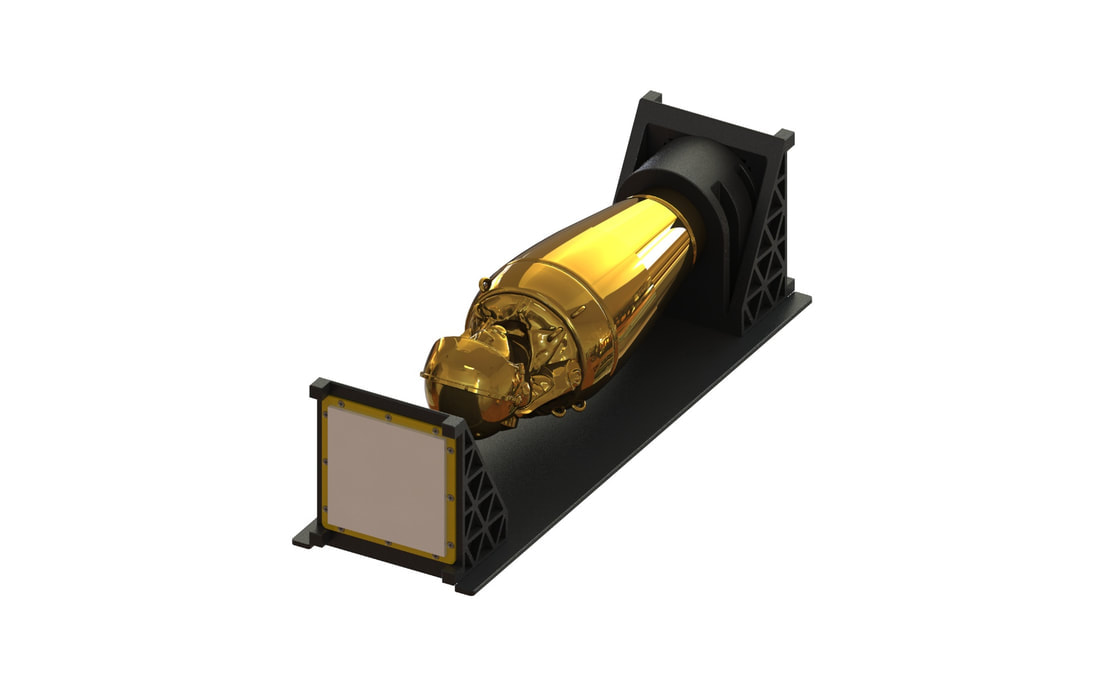

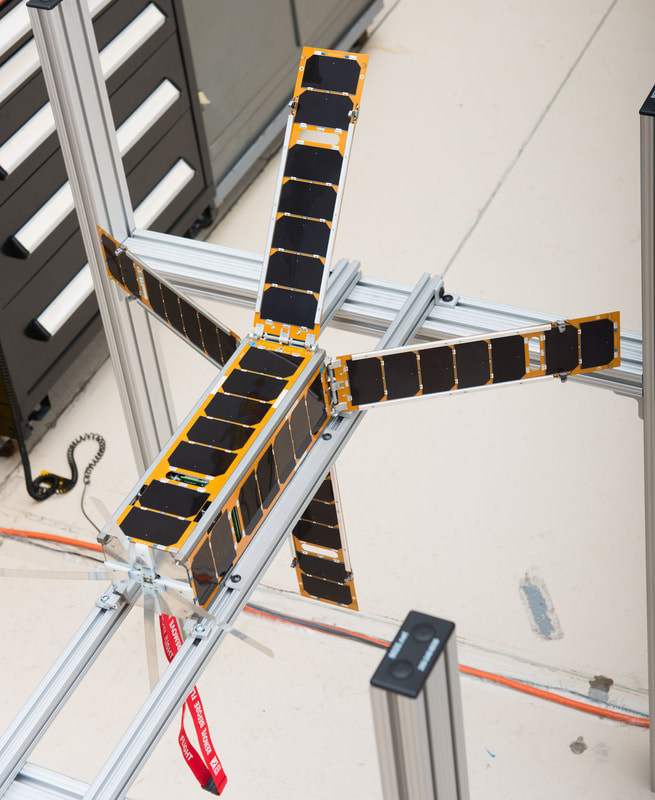

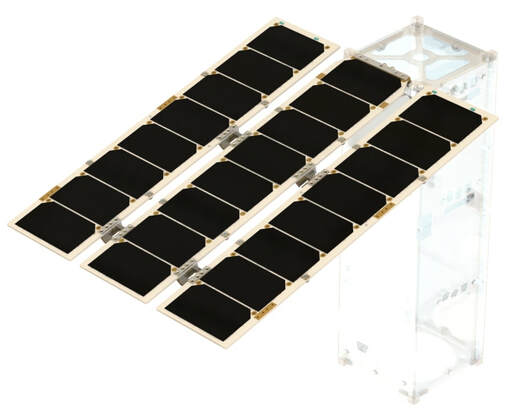
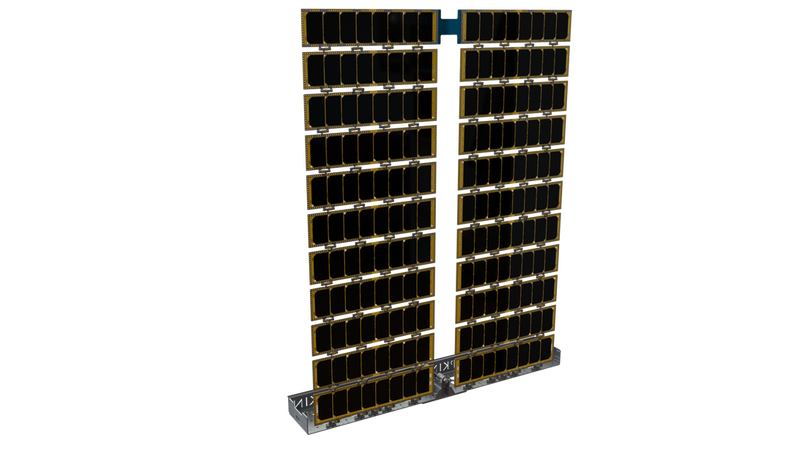

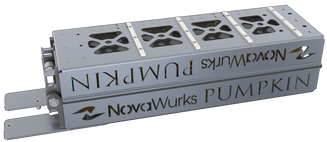
 RSS Feed
RSS Feed